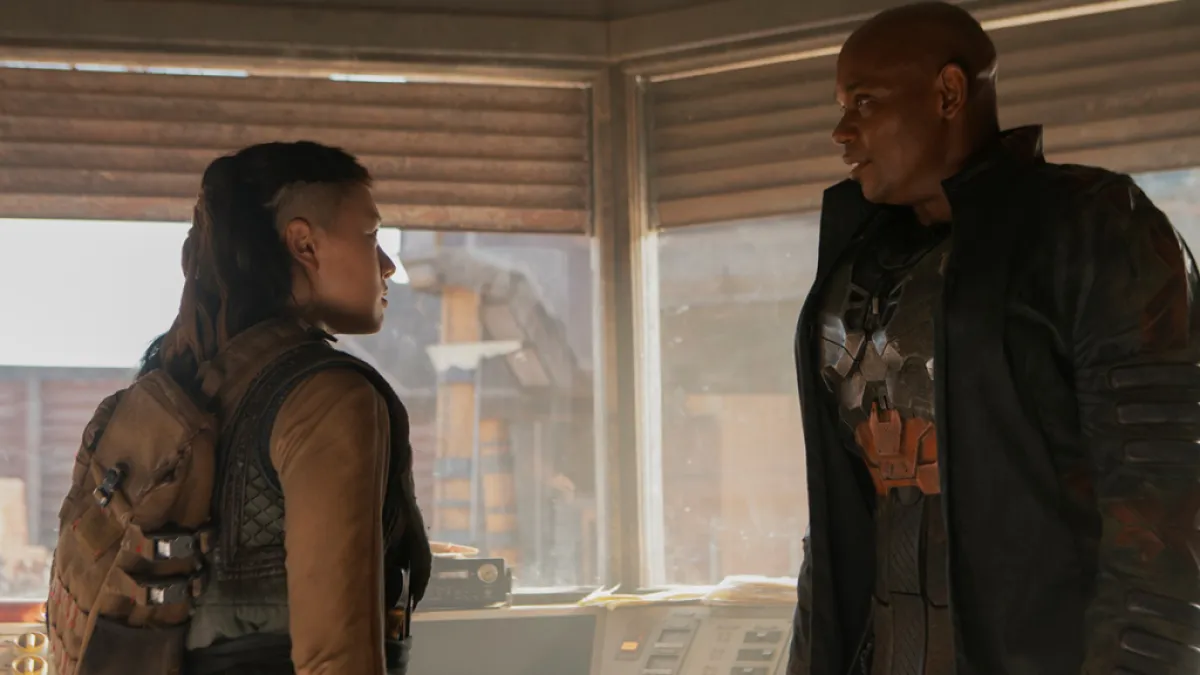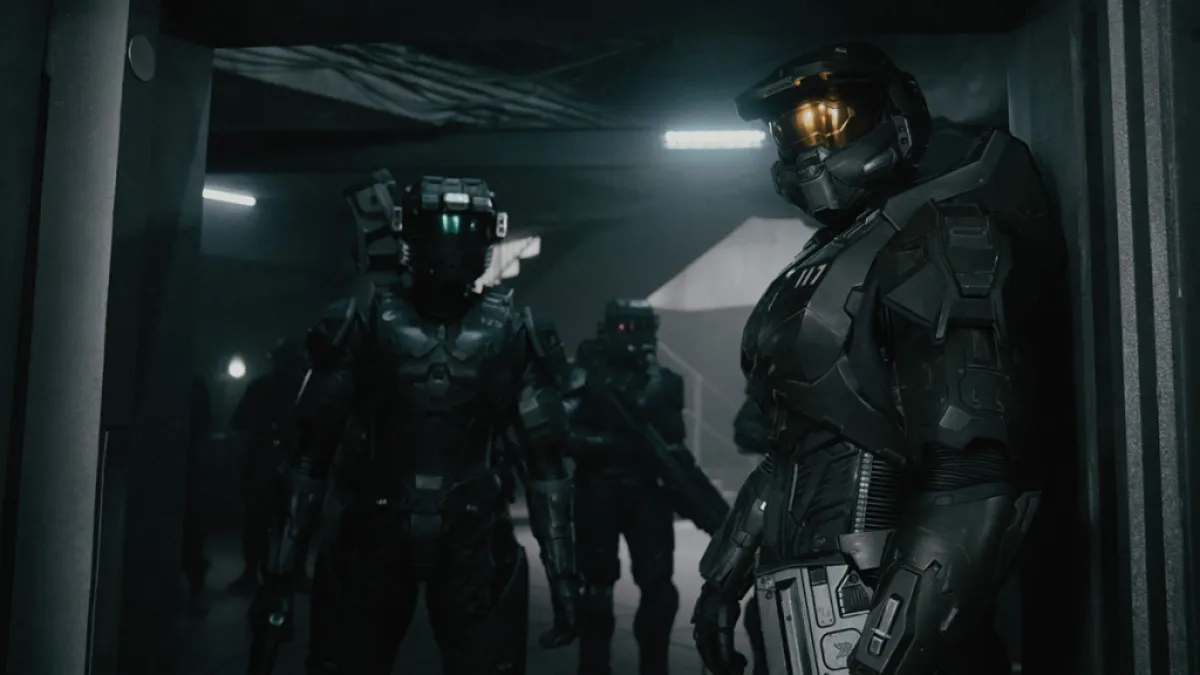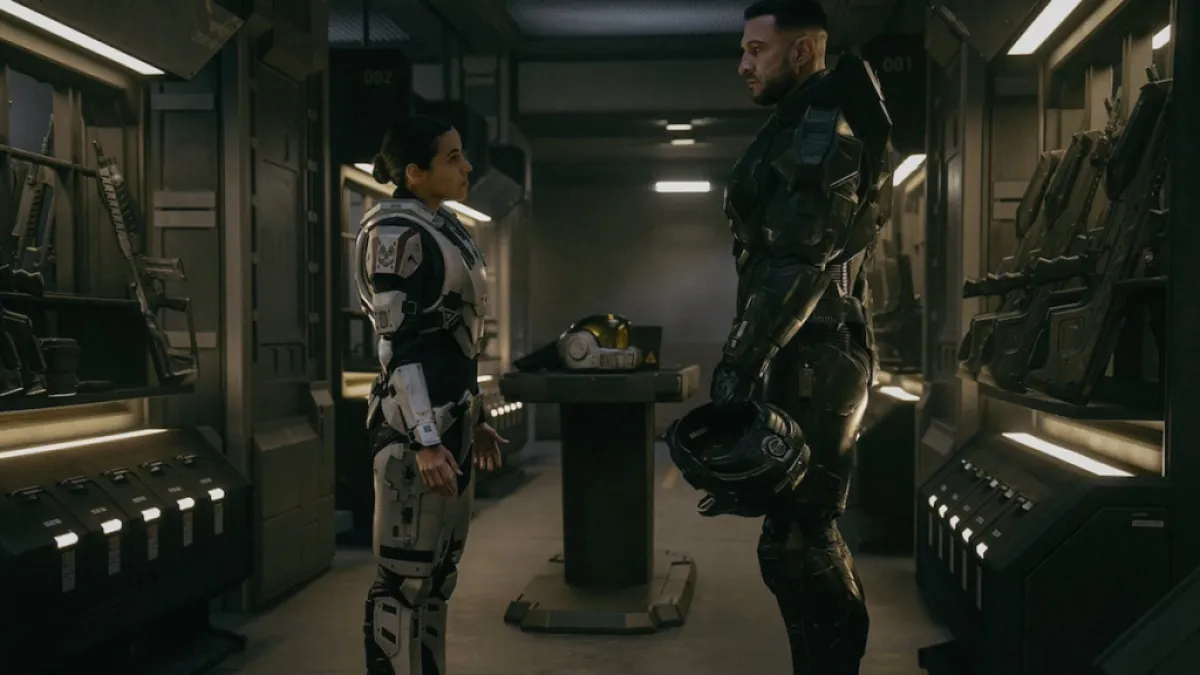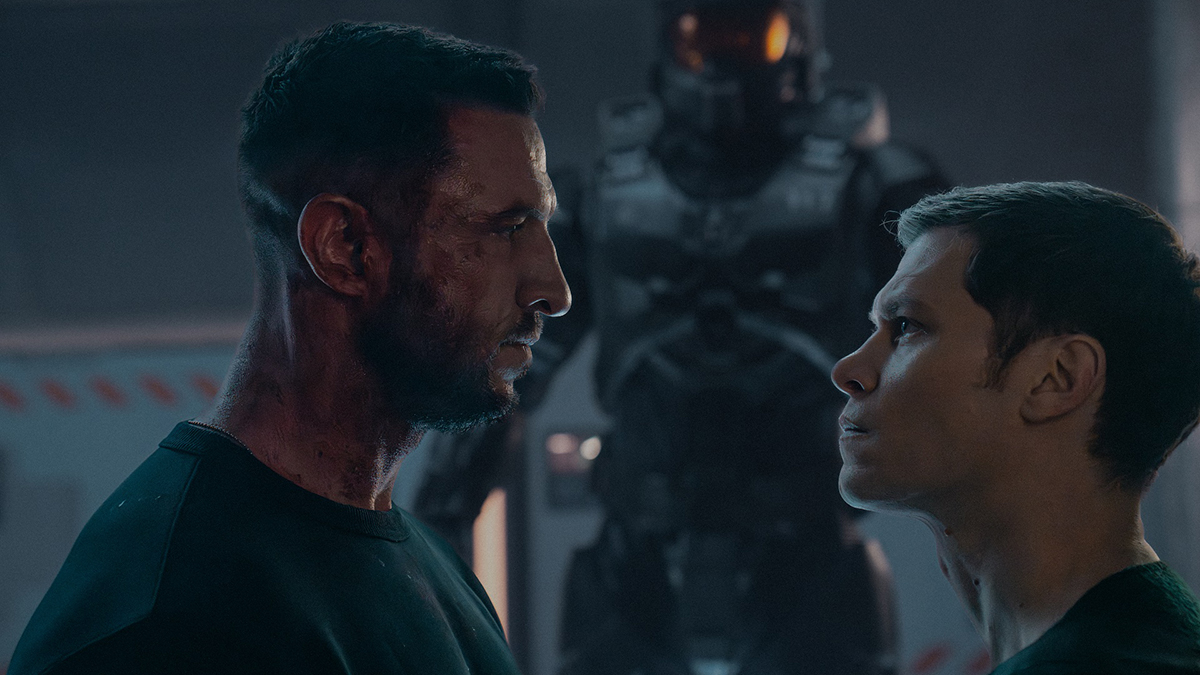Halo season 2 might’ve hit some remarkable highs and had a stunning season finale, but it’s still far from the dream game-to-series adaptation fans were hoping for.
Spoilers ahead for both seasons of the Halo series released so far.
Personally, I never needed the hit Paramount+ series (a season 3 renewal seems quite likely at this point) to be an extremely faithful 1:1 recreation of the first game nor its sequels. In fact, I’d rather have it tell an entirely different story which complements what we’ve already played through. But it’s frustrating to see its creative team, even after shakeups, decide time and again to further push back basic plot developments, instead choosing to throw a bunch of wildly uneven elements into the mix and cook what often feels like a random Syfy show.
The production values when the Halo series actually decides to behave like a Halo series are solid enough though. We’re not talking Prime Video kind of cash here, but episodes such as the one depicting the Fall of Reach and the decisive battle near the Halo ring are flashy enough. Of course, an entire season, at least under Paramount’s production budgets, can’t be as action-heavy as those episodes, and it needn’t be that way. In fact, some of my favorite Halo season 2 scenes take place in small rooms.

I have, however, not been excited to spend more time with secondary characters like Kwan Ha or Soren doing whatever before ultimately being absorbed by Halo’s main plot, which actually evokes the simplistic but effective vibes of the original games. I think almost every fan understands that video games and TV are extremely different mediums, and the main opportunity that came with this series was that of making characters like Master Chief and Dr. Halsey far more complex and human than in past on-screen appearances, landing closer to the work done by the Halo comic books and novels than the games.
Likewise, Master Chief’s original journey into the unknown and against the Covenant always felt narratively limited by the available technology and budget. Therefore, this so-called Silver Timeline felt like an exciting fresh start for the franchise after its many struggles following Bungie’s departure and 343 Industries taking over.
Halo’s first season did, however, start off on the wrong foot. Master Chief was instantly linked to the ‘Chosen One’ narrative that many longtime players didn’t vibe with in Halo 4 and beyond, and the – otherwise engrossing – humanization of John-117 too often came at the expense of sacrificing his iconicity. Furthermore, the whole Kwan subplot and the many dead ends it led the meandering narrative to made us wonder if the showrunners even wanted to make a Halo series in the first place.

Again, people aren’t opposed to flexible retellings (HBO’s The Last of Us excelled at this), but you have to make sure the core audience is engaged with the new direction, and you can’t possibly achieve that by refusing to exploit the material’s strengths and most recognizable bits and pieces. We’re okay with John removing his helmet as much as needed if there’s a point to it. By the time he’s gone through the same existential and loyalty crisis for the third time, however, the joke gets old.
Complaints like the show downplaying the Fall of Reach’s importance seem trivial when we see Pablo Schreiber (Master Chief) go through the same emotions and beats again and again, as good as he’s in the role, or when we breeze past the creation and deployment of Ackerson’s Spartan-III troops because we’d been spending too much time early on following Soren’s pirates and the subsequent search for his missing son. Subplots that would be interesting elsewhere end up hurting the impact of the more crucial chunks of story that made Halo a seminal modern sci-fi universe and story.
Almost magically, Halo season 2 regained its footing towards its conclusion, with the last two episodes mostly focusing on what everyone’s here for and delivering explosive thrills and truly compelling drama as well as big ideas. The Flood’s seemingly rushed introduction on Onyx could’ve been a disaster, yet it makes sense, ups the stakes sooner than anyone expected, and adds a nice horror touch and uneasiness to the entire episode. It’s a great example of successfully remixing elements from the old material to wow old and new fans alike.

Meanwhile, hard-hitting sacrifices abound and Master Chief (alongside the oddly absent Cortana) finally gets to the titular Halo. Unfortunately, Makee’s still around and it feels like no writer knows what to really do with her, with her goals and mood changing far too often and ultimately making her a deeply unserious villain. Honestly? We’d rather have at least one Silver Team member still around, giving the upcoming adventure on the Halo ring a ‘buddy cop’ vibe of sorts when the Covenant reinforcements arrive.
There’s also cause for concern with Kwan Ha, who’s been thrown deeper into the more mystical narrative that took over the more recent games and caused division among the veterans. It’s an odd choice, and even if the overall plot becomes more concentrated in season 3, it’s hard to see how she can possibly be fit into the urgent mission that Chief and Cortana have now.
As you can tell, I don’t hate the show and want it to succeed, but it’s hard not to walk away from this arguably sturdier second season not feeling every bit as baffled as the first time around. I want new stories, but I also want more Halo in my Halo. Is it too much to ask for?






Published: Mar 23, 2024 12:25 pm